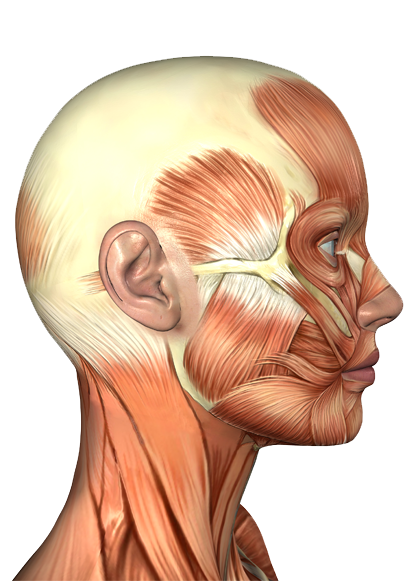Buccinator Muscle Laterally
The buccinator muscle is a major facial muscle underlying the cheek. It holds the teeth to the cheek and prevents sagging. This muscle is involved in many different functions. It helps with smiling, whistling, blowing, speech and chewing.
read moreBuccinator Muscle Laterally
The buccinator muscle is thin and occupies the interval between the maxilla and mandible at the side of the face. The purpose of it is to pull back the angle of the mouth and to flatten the cheek which helps to hold the cheek to the teeth when chewing. It arises from the outer surfaces of the alveolar processes of the maxilla and mandible. The fibers converge toward the angle of the mouth where the central fibers intersect each other, those from below being continuous with the upper segment of the orbicularis oris, and those from above with the lower segment.
The upper and lower fibers are continued forward into the corresponding lip without decussation (a process of becoming or condition of being crossed in the form of an X). Motor uses of the muscle are supplied from the buccal branch of the facial nerve (cranial nerve V ll or seven). Sensory uses of the muscle are supplied by the buccal branch of the mandibular nerve (cranial nerve V3) which is the largest of the three branches or divisions of the trigeminal nerve (cranial nerve V) or (CNV) that is responsible for sensation in the face and certain motor functions such as biting and chewing.
Report Error



